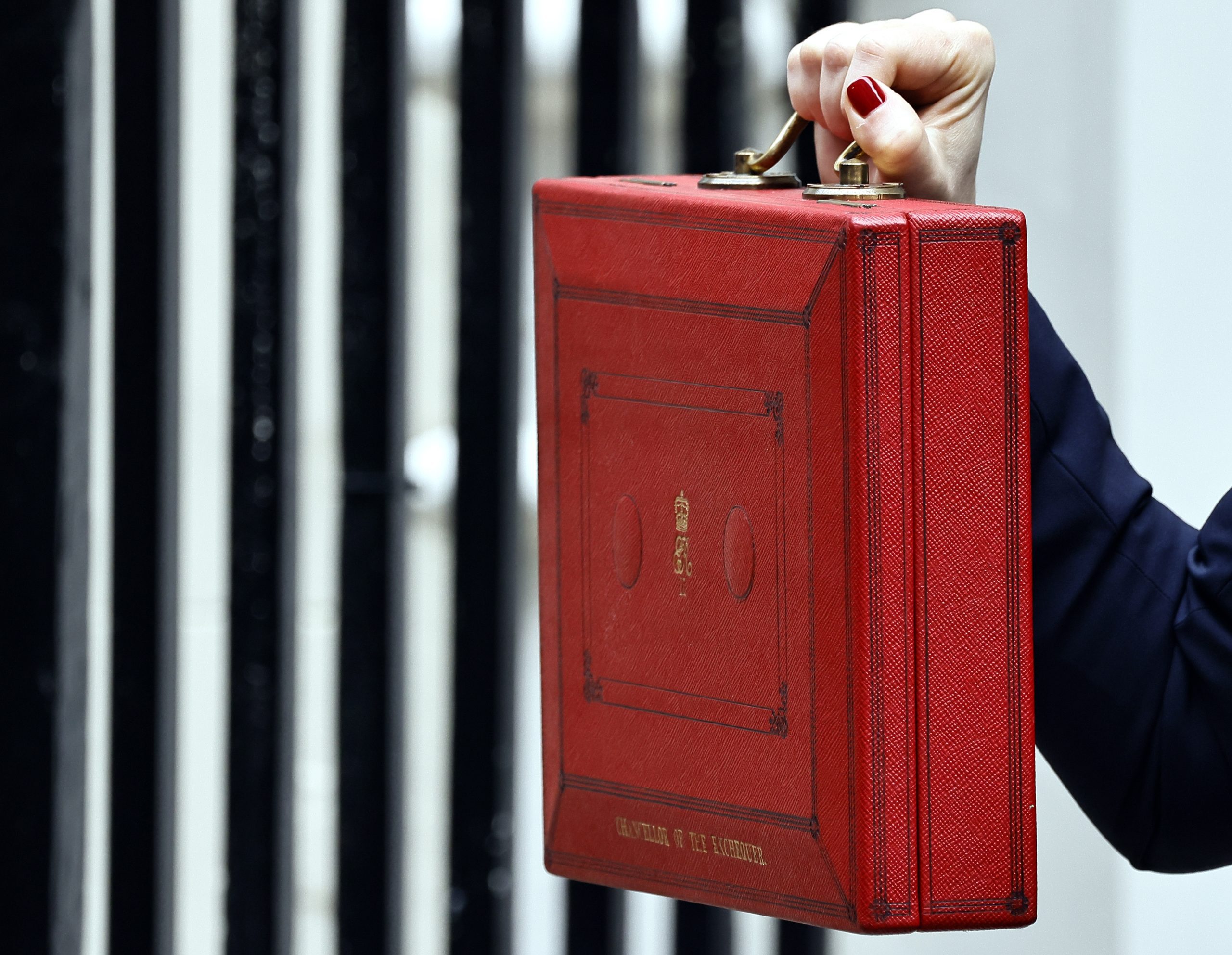This is a question we are regularly asked by clients. Usually, the conversation is triggered when we discuss the end of year accounts.
Before we explain why profits are not always represented by cash in the bank, we need to define the term “profits”. Profits are the difference between what you sell and the costs associated with making those sales.
Consider Jeremy, who runs a small shop selling clothing. He started his businesses by introducing £5,000 of his own money and at the end of his first trading year his summarized results were as follows:
- Sales £100,000
- Goods purchased and sold in the year £60,000
- Other costs paid for in the year £15,000
- Stock at end of year valued at cost £7,000
- Drawings for personal use £16,000
- Bank balance £7,000
His accounts show profits of £25,000 (This is made up of sales of £100,000, less cost of goods sold of £60,000 and less other costs £15,000).
So why, Jeremy asks, is there only £7,000 in his bank account?
The answer is that at the end of the year Jeremy had withdrawn £16,000 for his own private use and he had purchased £7,000 of stock that was unsold at the end of the year. We also need to consider that Jeremy introduced £5,000 of his own cash when the business started.
The reconciliation of his profit and the bank balance is therefore: Profit for the year £25,000, less personal drawings £16,000, less stock £7,000, plus own capital introduced £5,000, equals £7,000 – his business bank balance.
We can deduce from this explanation that to reconcile profit and cash flow you need to factor in receipts and payments that are not considered when calculating profit. In Jeremy’s case: his capital introduced, stock at the end of the year, and his personal drawings.



